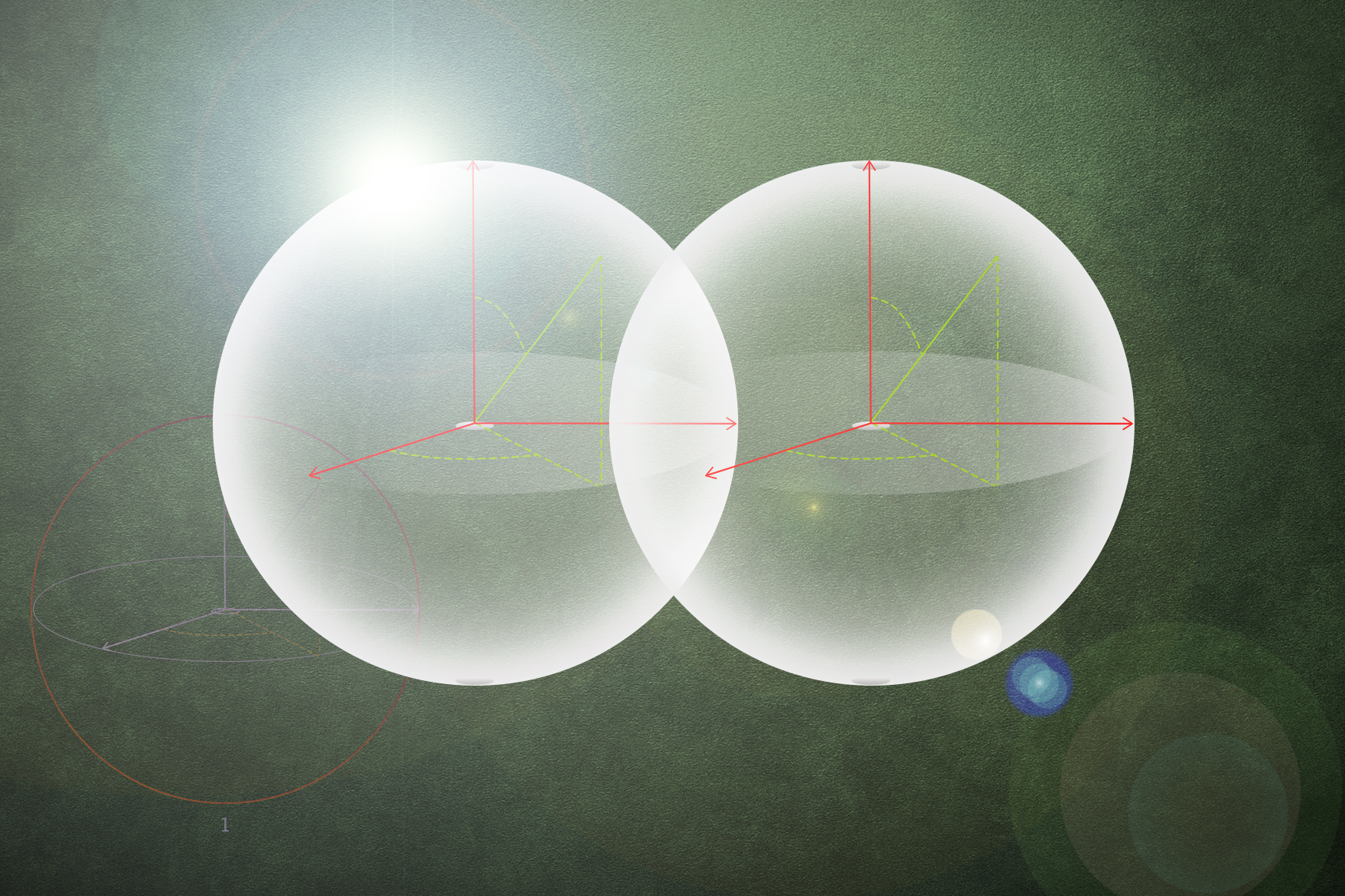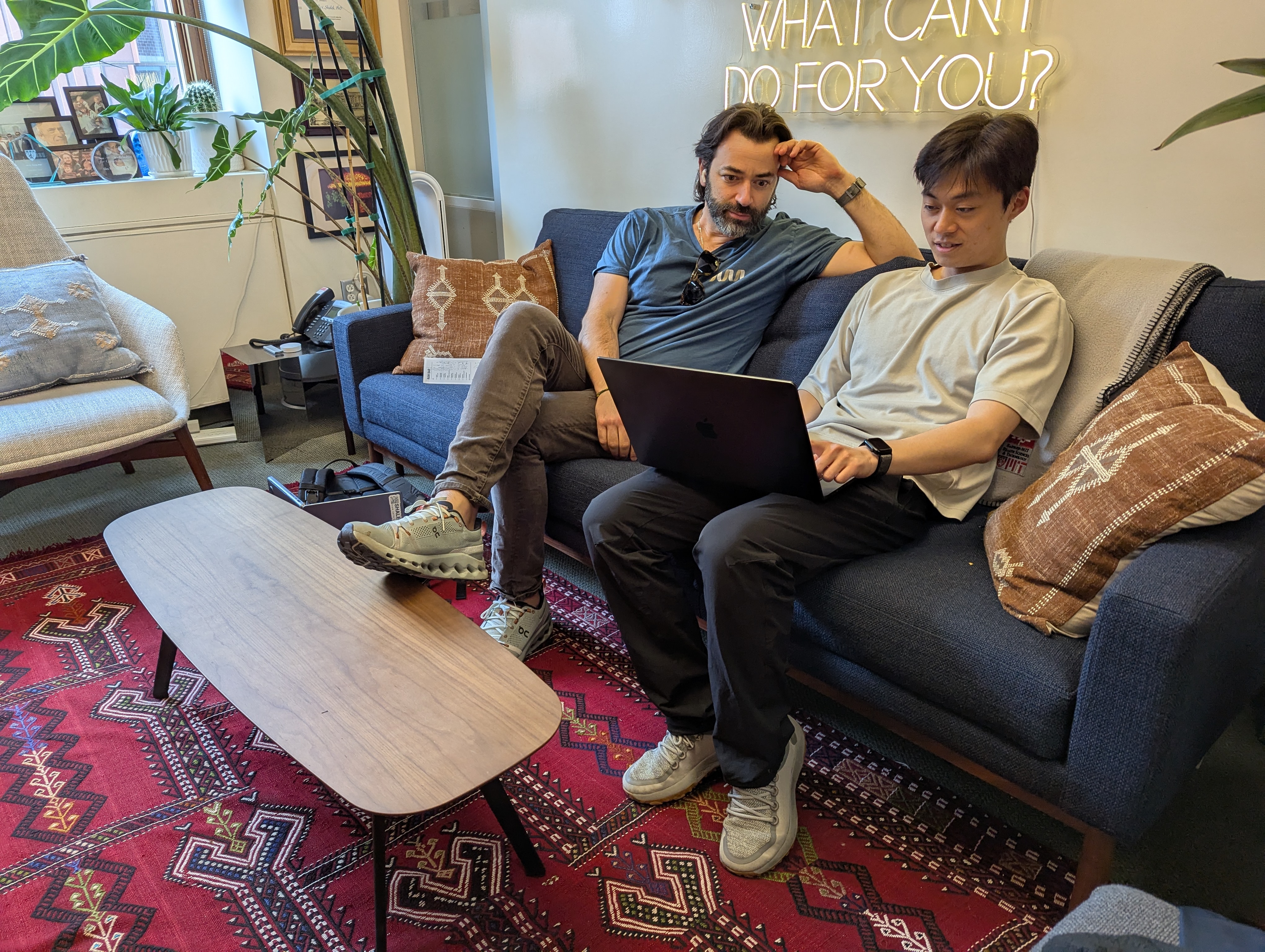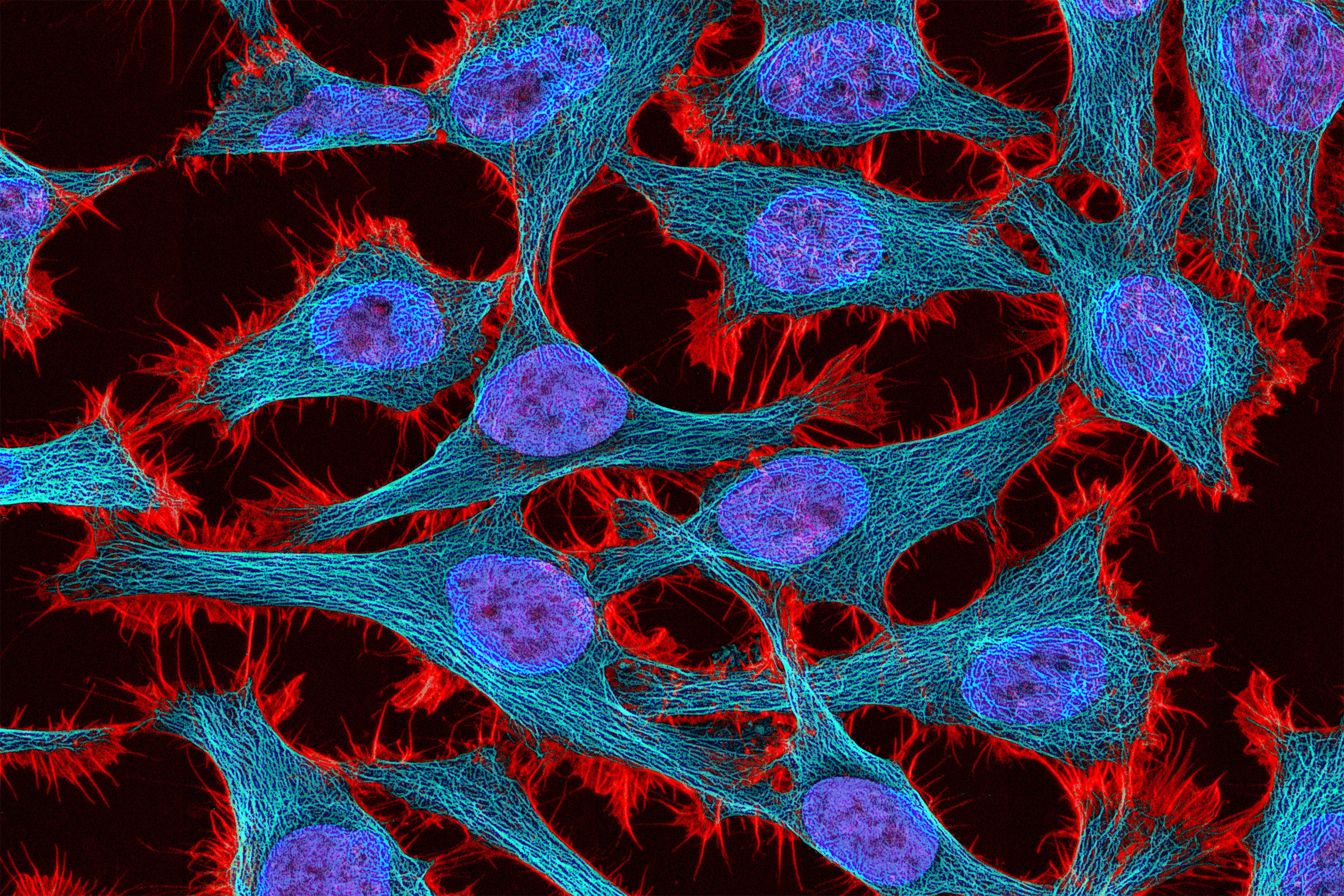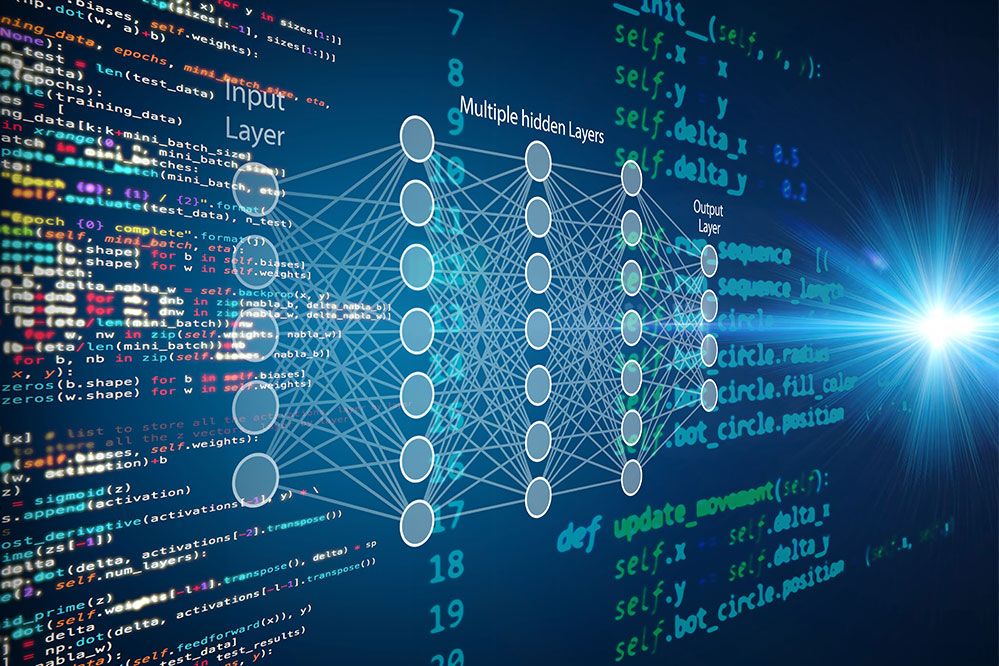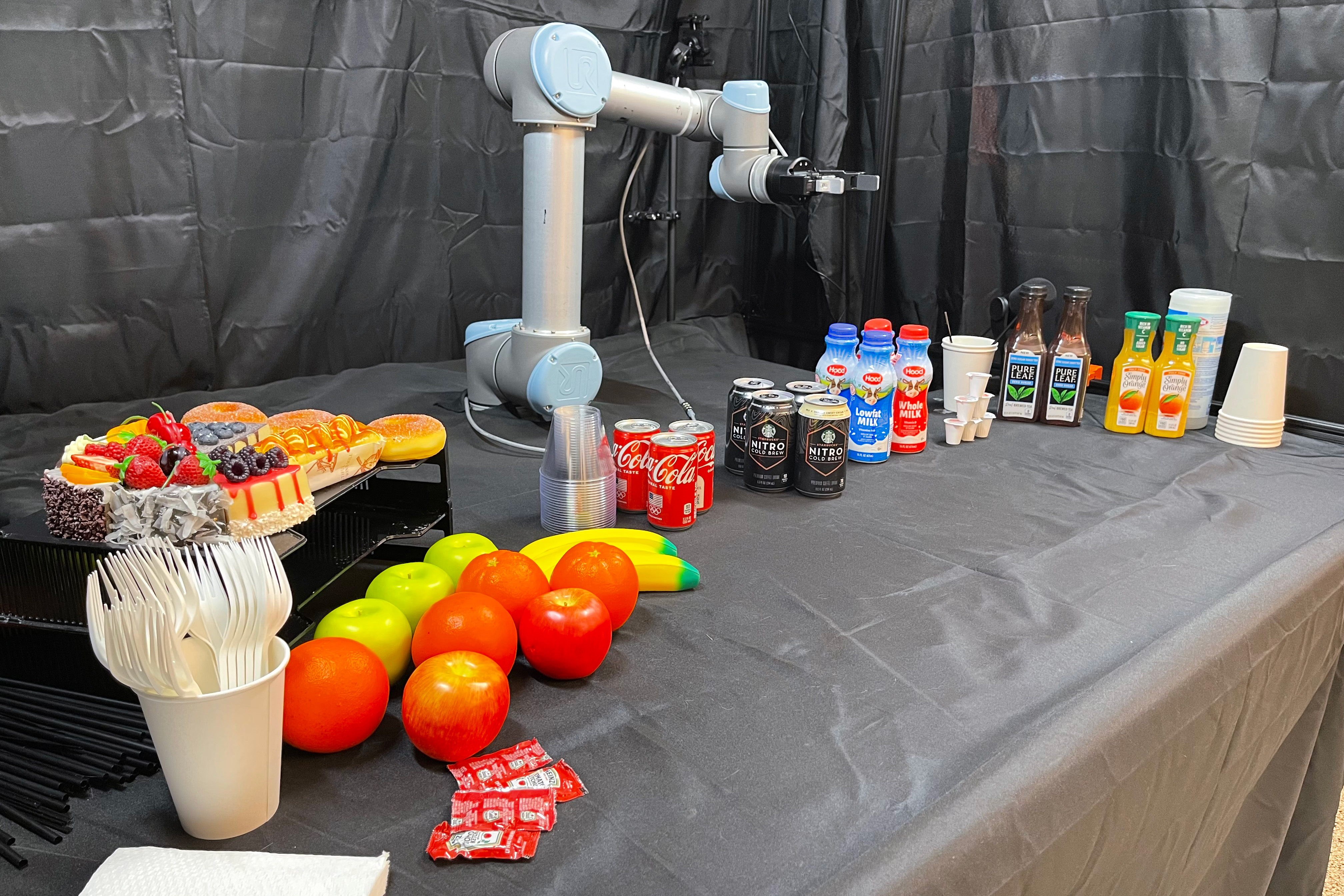In kids, EEG monitoring of consciousness safely reduces anesthetic use
Clinical trial finds several outcomes improved for young children when an anesthesiologist observed their brain waves to guide dosing of sevoflurane during surgery.
David Orenstein | The Picower Institute for Learning and Memory •
mit
April 29, 2025 • ~6 min
April 29, 2025 • ~6 min
Granular systems, such as sandpiles or rockslides, are all around you − new research will help scientists describe how they work
It’s extremely difficult to see how forces in a pile of sand are distributed between individual grains – a new experimental approach fixes that.
Jacqueline Reber, Associate Professor of Earth, Atmosphere, and Climate, Iowa State University •
conversation
April 28, 2025 • ~8 min
April 28, 2025 • ~8 min
A brief history of expansion microscopy
Since an MIT team introduced expansion microscopy in 2015, the technique has powered the science behind kidney disease, plant seeds, the microbiome, Alzheimer’s, viruses, and more.
Jennifer Michalowski | McGovern Institute for Brain Research •
mit
April 23, 2025 • ~13 min
April 23, 2025 • ~13 min
/
437

